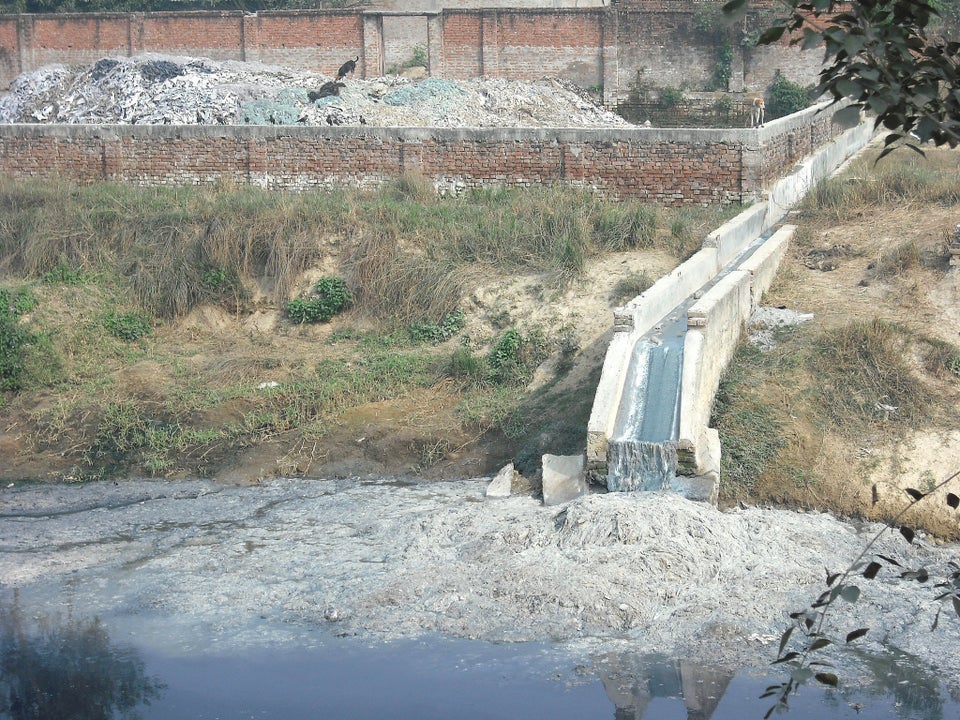The long, complex process of developing wind power off the U.S. Atlantic coast took another lurch forward late last week when the Obama administration announced it would open up large areas for competitive lease sales.
Three swaths of federal waters – two totaling 164,750 acres off Rhode Island and Massachusetts, and a third of about 112,800 acres offshore southern Virginia – will be auctioned under this new Department of the Interior plan, which was characterized as of a piece with the president’s “all of the above” energy strategy.
“As we experience record domestic oil and gas development, we are moving forward at the same time with efforts to ensure that America continues to lead the world at developing the energy of the future,” Interior Secretary Ken Salazar said in a statement.
The government called this a “first ever” event, which might confuse readers who recall that Interior in October announced a lease “first,” for an agreement for an area off Delaware, and that earlier the department had issued a lease to Cape Wind for its Nantucket Sound project that the agency also called a “first.”
This succession of firsts highlights both how tangled getting offshore wind going has been in the United States, and the Obama administration’s doggedness in busting through.
The Cape Wind agreement was indeed the first such federal commercial lease granted, but it was issued even as the administration was still working to set up a process for developing potential wind resources. The recent Delaware agreement was the first lease to go out under the administration’s “Smart from the Start” process, but it was unlike the just-announced leases in that there had been no competitive interest in the tract.
So these auctions, expected to take place in 2013, will represent the first full flowering of the administration’s hopes of fast-tracking offshore wind development in federal waters. No doubt the move will anger Big Oil’s supporters in Congress, who even before this latest announcement said the administration’s offshore leasing policy was tilted toward wind over fossil fuels.
But the U.S. Department of Energy says the country could easily deploy 54 gigagwatts of offshore wind capacity by 2030, none of which has yet to go in. Meanwhile, Europe is going great guns on offshore wind: According to the European Wind Energy Association [PDF], as of the end of June, Europe had 1,503 grid-connected offshore wind turbines in 56 wind farms across 10 countries, for a total capacity of 4.3 GW.
“Holding competitive lease sales on the wind-rich east coast is ushering in a new chapter in America’s development of renewable energy,” Deputy Interior Secretary David J. Hayes said. “By working closely with Rhode Island and the other states to identify the best areas for offshore wind farms, winning bidders will have a clear pathway to successfully harness our world-class offshore wind resource.”
Before any of these projects become reality, if they do, the U.S. could get its first offshore wind farm on a small-scale with the development of the planned five-turbine, 30-megawatt Block Island demonstration project in state waters off Rhode Island.
